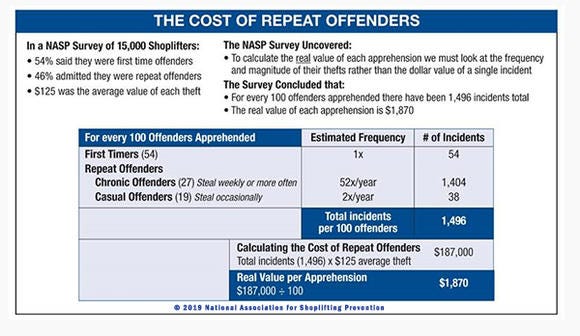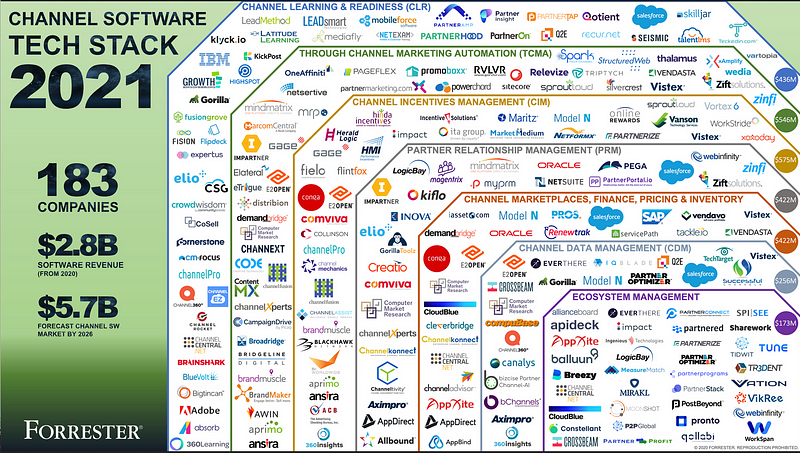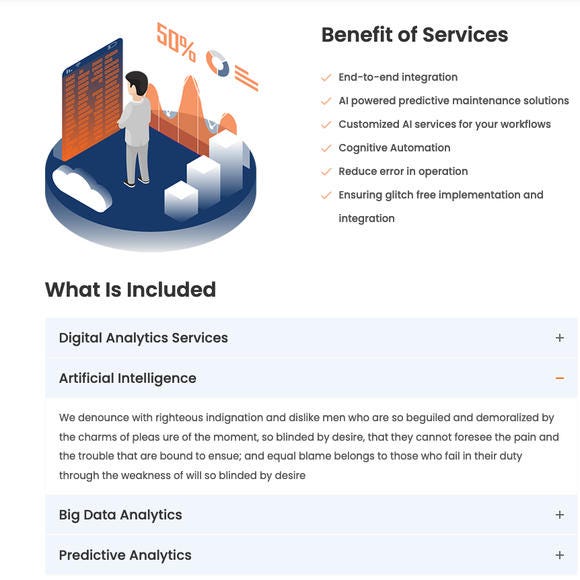AI Solutions to Combat Shoplifting in the U.S. Retail Sector
Written on
Artificial intelligence (AI) has the potential to significantly address the issue of shoplifting in the United States. Nevertheless, a collective effort is needed to tackle legal and ethical considerations, alongside efficient resource integration.

Shoplifting remains a significant challenge across the nation. As reported by Loss Prevention Media, approximately 27 million individuals engage in shoplifting behaviors, equating to roughly 1 in every 11 people in the U.S. Over the last five years, more than 10 million people have been apprehended for this offense, with a notable 25% being minors, according to the National Association for Shoplifting Prevention (NASP).
Currently, San Francisco, California, is identified as the city with the most severe shoplifting problem. A recent Fox News report has prompted me to discuss this pressing issue.
An article from NYPost.com entitled “Thieves now mock the rule of law in ‘progressive’ cities like San Francisco” emphasizes the dire situation:
“Clearly, San Francisco is in trouble. Walgreens officials stated in May that thefts in its Frisco stores quadrupled their national average. The chain has had to shutter 17 locations where merchandise was getting lifted rather than bought.”
After reviewing NASP's insights, their mission is clear:
“To raise public awareness about the harmful effects of shoplifting on youth, families and communities, unite public opinion toward constructive solutions, deliver needed programs and services, and engage community action in prevention efforts to improve the lives of those affected and reduce the number of people who become involved.”
NASP's observations regarding shoplifting in America highlight an alarming reality:
“The estimated 27 million shoplifting offenders, and the frequency, magnitude, and cost of their repeat offenses, are a daily drain on retail resources, but the societal response to misdemeanor shoplifting is inconsistent and often inadequate; thus shoplifting continues to thrive and its escalation is putting store associates, customers, and communities at risk.”
The crux of the matter is that this crime is proliferating and endangering public safety.

I resonate with NASP's motto: “Progressive Shoplifting Prevention Requires Focusing on the Future Today.” This notion aligns with the focus of this article.
Artificial intelligence has advanced remarkably over recent decades. As a professional in AI, I am particularly interested in areas such as cybersecurity and public safety. A thorough examination of existing literature reveals numerous resources that can be harnessed for effective solutions.
I can confidently assert that we possess essential tools and techniques to devise effective strategies. However, we face two primary challenges. The first is a technical one, which is relatively straightforward to address: the integration of various technological frameworks with proprietary elements. I believe this constitutes the smaller obstacle.
The more complex issue lies in the domains of law and ethics. I prefer not to delve into this area as it is not my specialty, but it is a known concern. We have historically encountered legal and ethical challenges in both academic and commercial endeavors regarding any groundbreaking innovations. Resolving these matters is often more complicated than tackling technical issues, and fostering collaboration among stakeholders is not a simple task.
From a technical standpoint, AI could potentially eradicate shoplifting if we develop solutions that incorporate leading technological constructs.
One promising approach is to utilize information technology capabilities, such as image recognition, video analysis, rapid data transmission, IoT (Internet of Things), big data, mobility, cloud computing, machine learning, neural networks, and predictive analytics. Forrester Research offers a high-level overview of emerging technology stacks relevant to this context.

What opportunities do these technology stacks present?
Numerous possibilities exist. For instance, consider retail items equipped with IoT sensors. Many large shopping centers already employ advanced cameras that can be programmed for AI facial recognition.
When these cameras identify a shopper's face, they can activate a backend system to generate temporary profiles of those shoppers, which can be linked to their online activity.
In this hypothetical situation, if shoplifters are apprehended, their credit or debit cards could be charged for the stolen items. This straightforward action could deter individuals from stealing while also providing substantial legal evidence to law enforcement.
The progress made in facial recognition technology has been remarkable. For example, deep neural networks have surpassed human capability in recognizing complex facial features. A Stanford paper discusses critical aspects of this technology and is available for free. It highlights how rapidly facial recognition is advancing, even to the point of inferring political affiliations from naturalistic facial images.
Preventive measures, such as those from the Japanese company Vaak, have also been proposed. Their software employs AI to analyze body language, predicting potential shoplifting intentions, thereby alerting staff to intervene. Bloomberg detailed this in an article titled “These Cameras Can Spot Shoplifters Even Before They Steal.”
Several companies are developing AI solutions specifically for combating shoplifting. For example, HypeTeq Cognitive Solutions utilizes transfer/deep learning and computer vision, employing AI libraries like TensorFlow, Keras, OpenCV, PIL, and Sklearn.

To provide an overview of HypeTeq's methodology for shoplifting detection:
“We trained our model with various supermarket CCTV footage.”
“Our system works on a live CCTV stream.”
“It operates on video frames, allowing efficient activity tracing and analysis.”
“Using transfer learning, we identify human visual-skeletons.”
“Once identified, we predict the pose using computer vision based on the visual-skeleton.”
“A rectangular box is drawn around the detected human.”
“Later, predictions about behavior are made based on this analysis.”
“This process segments and displays human behavior within the rectangular box.”
“The system applies this to every individual present.”
“Identifying behaviors allows us to monitor suspicious activities and prevent shoplifting.”
Numerous additional breakthroughs exist beyond this article's scope. The key takeaway is the availability of innovative possibilities. Shoplifting is a widespread and serious issue in the U.S., impacting the economy and the well-being of citizens.
The United States is technologically advanced, home to numerous world-class research institutions and exceptional manufacturing companies. These entities, representing business and academia, can produce remarkable solutions if incentivized to tackle this pressing problem.
Ultimately, the challenge is not merely technical; the core issue lies in how these viable solutions can be legalized and ethically accepted.
Thank you for taking the time to read my insights.
This article was originally published on a different platform and was curated for a San Francisco audience.
If you found this piece interesting, consider exploring my other recent AI-related articles on Medium.
Discover the capabilities of our first artificial chatbot from Mississippi!
Let’s Meet MISSI! She’s Mississippi’s First Artificial Chatbot.
Discover what this artificial intelligent chatbot can do for you.
For more insights on technology and its implications, check out my other articles related to digital intelligence and lifestyle improvements.